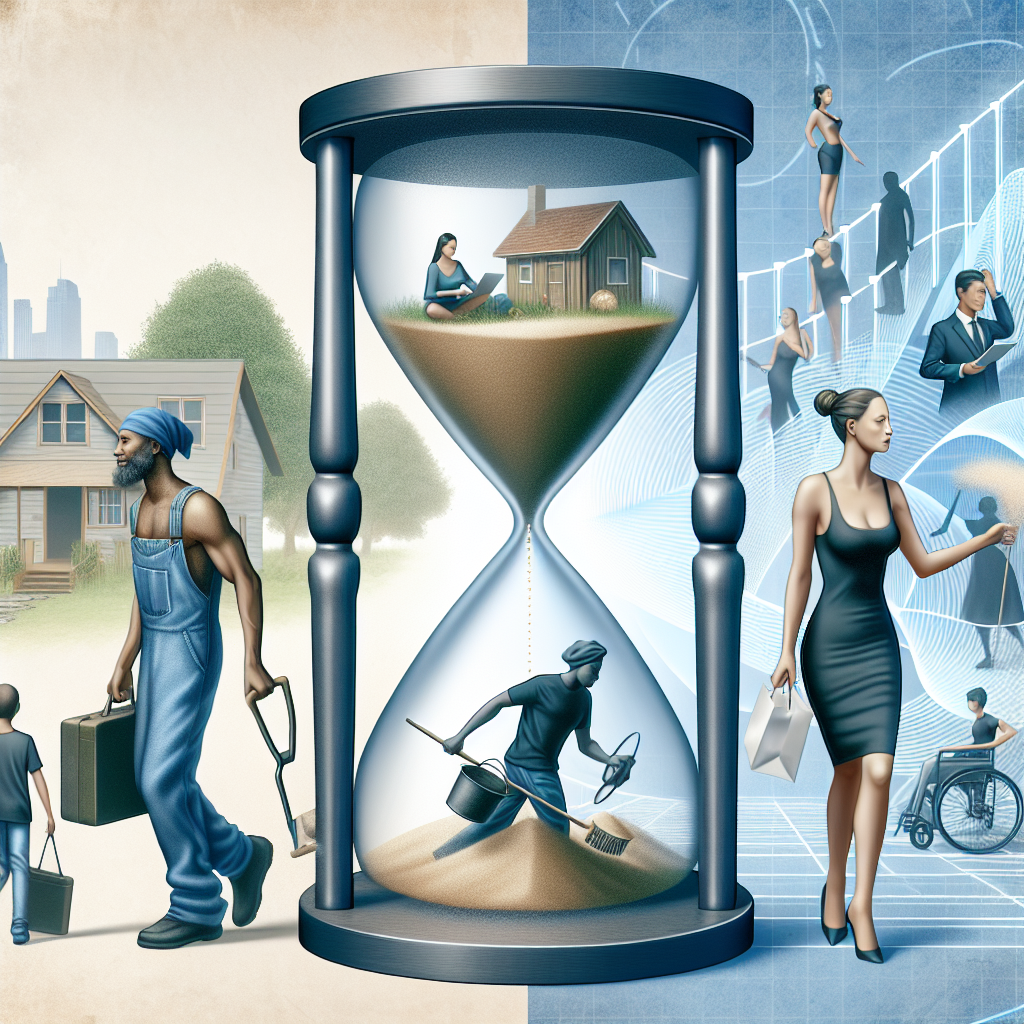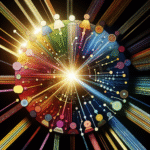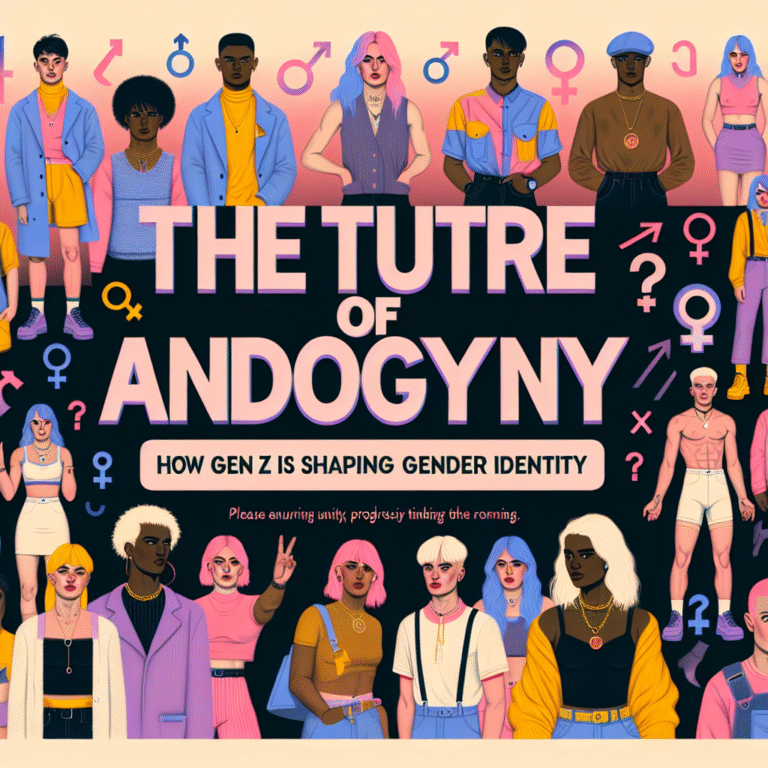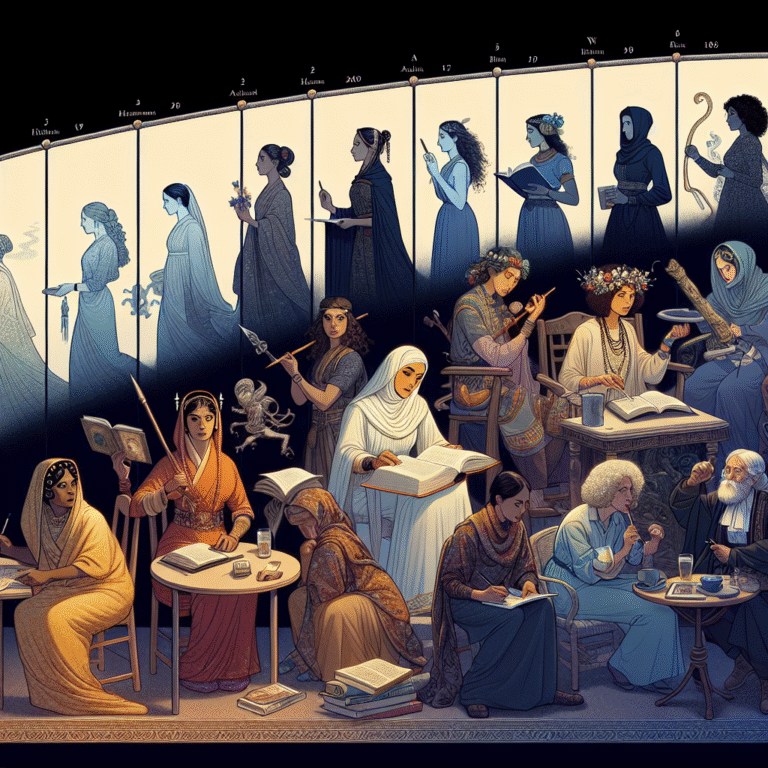
Introduction
Gender roles have historically shaped societies across the globe, influencing every aspect from family structure to workplace dynamics. But what was once seen as immutable is now dramatically shifting. This transformation challenges deep-rooted norms and offers fresh perspectives on identity and equality. Understanding the evolution of gender roles is not merely an academic exercise; it’s essential for fostering inclusive societies. In this article, we will delve into the fascinating journey of gender roles—how they have evolved from rigid traditions to dynamic transformations.
The Roots of Tradition: Understanding Historic Gender Roles
Societal Frameworks and Early Norms
For centuries, gender roles were primarily dictated by biological and social norms. Societies often placed men in positions of authority while assigning caregiving and homemaking roles to women. This binary view led to systemic inequalities, which were enshrined in laws and customs.
Table 1: Historical Gender Roles Across Cultures
| Culture | Traditional Male Roles | Traditional Female Roles |
|---|---|---|
| Ancient Greece | Warriors, philosophers | Homemakers, child-bearers |
| Medieval Europe | Knights, landowners | Peasants, caretakers |
| Indigenous Cultures | Hunters, leaders | Gatherers, nurturers |
These historic distinctions resulted not only in societal expectations but also in economic disparities. Men often wielded power and accumulated wealth, while women were relegated to subordinate positions.
The Industrial Revolution: A Catalyst for Change
The Industrial Revolution marked a turning point in gender dynamics. As factories emerged, the demand for labor increased, leading many women to enter the workforce. This shift challenged the previous paradigms of gender roles, pushing boundaries previously thought to be unbreakable.
Case Study: Women in the Workforce During WWII
During World War II, as men left for the battlefield, women stepped into roles that had been traditionally male-dominated. Icons like Rosie the Riveter emerged, symbolizing female empowerment in the workforce. This period laid the groundwork for women’s rights movements that would follow.
The Advocacy Phase: Fighting for Gender Equality
The Rise of Feminism
The late 19th and 20th centuries witnessed significant feminist movements advocating for women’s rights, including the right to vote, education, and equal pay. These movements were fundamental in questioning traditional gender roles and advocating for a more equitable society.
Table 2: Milestones in Feminist Movements
| Year | Milestone | Significance |
|---|---|---|
| 1920 | 19th Amendment (U.S.) | Women gain the right to vote |
| 1963 | Equal Pay Act (U.S.) | Equal pay for equal work |
| 2017 | #MeToo Movement | Awareness of sexual harassment |
Challenging Stereotypes
Advocacy led to a more nuanced understanding of gender. Social scientists began exploring how traditional roles could harm not just women but men as well. This was evidenced by the rise of conversations around masculinity and emotional vulnerability.
Case Study: The Role of Men in Gender Equality
Organizations like Promundo work to engage men in the fight for gender equality. Their campaigns focus on redefining masculinity to include emotional expression and involvement in caregiving.
Modern Transformations: New Perspectives on Gender
Fluidity in Gender Identity
The latter part of the 20th century and the early 21st century saw growing recognition of non-binary and gender-fluid identities. This evolution shifted societal understanding of gender from a binary system to a spectrum.
Key Reforms in Legislation
Countries like Canada and New Zealand have begun implementing laws recognizing non-binary gender identities, which marked vital steps toward inclusivity.
Intersectionality: A Broader Lens
Contemporary discussions around gender roles now incorporate intersectionality, recognizing that experiences of gender are also influenced by race, sexuality, and class. This lens enables a more comprehensive understanding of systemic inequalities.
Case Study: The Impact of Intersectional Feminism
Intersectional feminism highlights the unique challenges faced by women of color, LGBTQ+ individuals, and people with disabilities. Movements like Black Lives Matter illustrate the importance of considering multiple identities in discussions about gender and social justice.
The Future of Gender Roles: Where Are We Heading?
Emerging Trends
As we continue to navigate the complexities of gender, several trends are emerging. Flexible work arrangements, shared parental leave, and men taking on caregiving roles are becoming increasingly normalized.
Table 3: The Shift in Parental Roles
| Trend | Traditional View | Modern View |
|---|---|---|
| Parental Leave | Primarily for mothers | Shared between parents |
| Childcare Responsibilities | Solely mothers’ duty | Shared responsibility |
Technology and Gender Roles
The rise of technology is reshaping not only job markets but also how we perceive gender roles. Remote work and digital platforms have created opportunities for both men and women to balance work and family life more equitably.
Case Study: Tech’s Role in Gender Equality
Organizations like Girls Who Code are not only promoting women in tech but also helping to break traditional gender stereotypes through education and mentorship programs.
Conclusion
The evolution of gender roles from tradition to transformation is an ongoing journey filled with trials and triumphs. By understanding this evolution, we can foster a culture of inclusivity and equality. As we move forward, it is essential to continue questioning rigid gender norms and embracing the myriad ways in which individuals express their identities.
Call to Action
Let us challenge the status quo and take actionable steps toward a more equitable world. Support organizations advocating for gender equality, engage in meaningful conversations, and educate ourselves and others about the complexities of gender.
FAQs Section
1. What are gender roles?
Gender roles are societal norms dictating the behaviors and responsibilities typically assigned to men and women.
2. How have gender roles changed over time?
Initially rigid, gender roles have evolved significantly due to factors like industrialization, advocacy movements, and changing cultural perceptions.
3. What is intersectional feminism?
Intersectional feminism is a framework that examines how various types of discrimination overlap, recognizing the unique challenges faced by individuals with multiple identities.
4. Are gender roles the same worldwide?
Gender roles vary by culture, influenced by historical, social, and economic contexts.
5. How can individuals advocate for gender equality?
Individuals can advocate for gender equality by educating themselves, supporting equitable policies, and challenging sexist ideas in everyday conversations.
The evolution of gender roles from tradition to transformation not only reflects societal changes but also inspires continued advocacy for equality. By embracing this evolution, we contribute to a future that celebrates diversity and inclusion.
















